Side tracks, as known as side rail tracks, side channels, light blocking strips, light blockers or blackout frames, are mounted on each side of the window shade to prevent light leaks between fabric and window frame. This eliminates any light leaks and helps with energy efficiency but also gives the window a clean sort of built-in feel. This is a game changer for bedrooms, media rooms, offices where 100% blackout is required.
Best Types of Blackout Window Shades with Side Tracks
While all blackout shades can be adapted to include side channels for increased light blockage, how this is achieved and what you are actually receiving can vary. So, our specialists ultimately came up with a comprehensive review of distinct sorts of window treatments which have light-blocking strips.
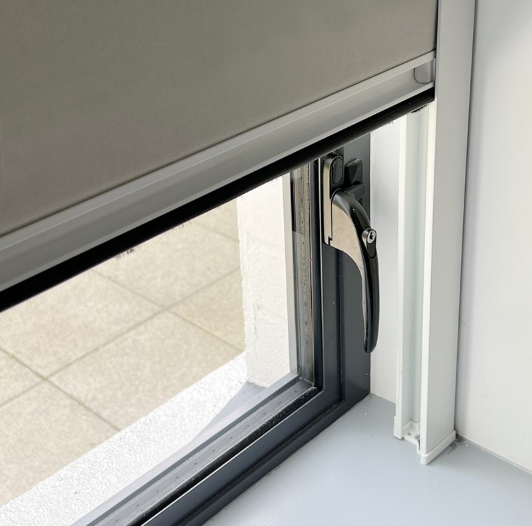
Blackout Roller Shades with Side Tracks
Both minimalist and sleek, roller shades with side channels remove the narrow light gaps on each edge. Ideal for Bedrooms and Home Theaters where complete darkness is helpful. They are also great for rental properties as they are easy to clean and replace compared to other built-in types.
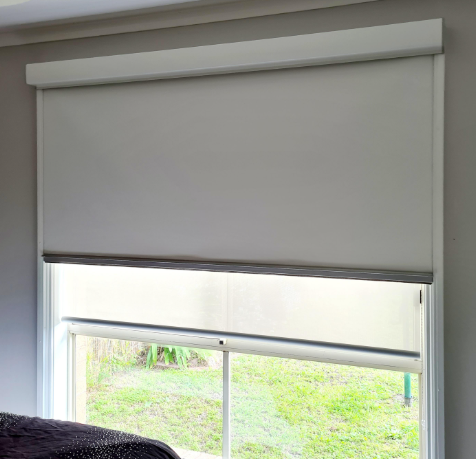
Blackout Dual Shades with Side Rail Tracks
Double shades provide two fabrics—often a light-filtering fabric and a blackout fabric—in one operating system. It does not allow any residual light to come through as this external blackout layer has minute light blocking strips in the panel so when it is layered with the swag, all those unnecessary lights stay away. Ideal for switching between daylight and darkness in the same room.
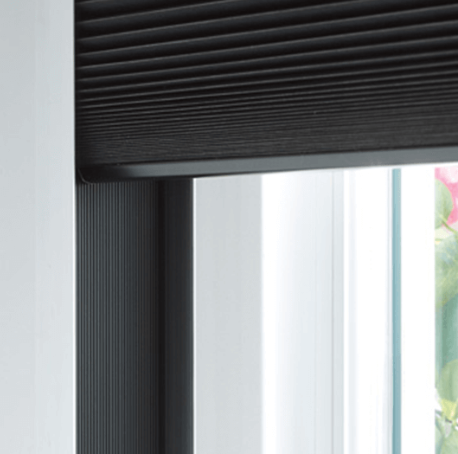
Blackout Pleated Shades with Side Channels
Every custom pleated shade features a smooth and folded texture, sometimes with tiny side gaps. This is where a side rail track comes in handy, making them perfect for people who get up early and still want to be able block the glare of the sunrise on weekends. They were what I picked as a happy medium between having the fabric feel but the roller function.
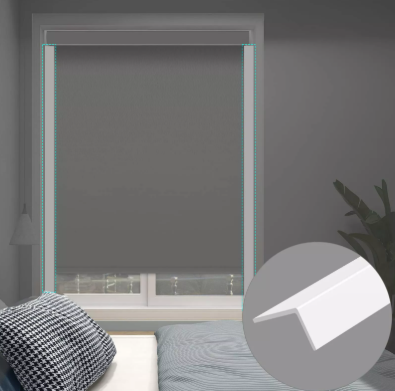
Blackout Cassette Window Shades with Light Blocking Strips
A a stylised cassette shade that covers the roll within an elegant top box ensures a neat overall appearance. It becomes a window frame in its own right when paired with light blockers, acting as a nearly integrated unit. This is perfect for sleek, modern interiors where every detail counts.
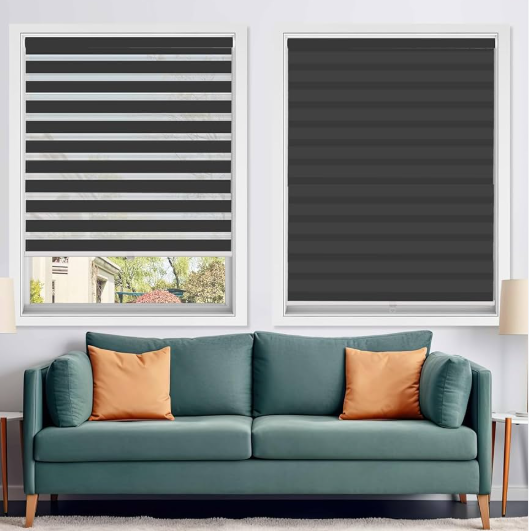
Blackout Zebra Shades with Light Blocking Strips
The zebra stripes are designed to be sheer and solid in alternate meanings. In the blacked out position, the light leakage is minimized with side rail tracks. That makes it ideal for those who adore the variable-light-opacity feature of zebra shades but cannot compromise on darkness.
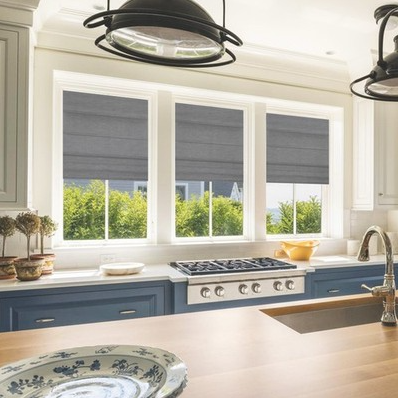
Blackout Roman Shades with Side Channels
Roman curtains offer a delicate contact to home windows however do now no longer match tightly and can go away gaps. When all the natural fibers of a fabric let light through, these Light Blockers are here to seal those edges creating an even cleaner and more functional blackout solution all while keeping the decorative appeal intact.
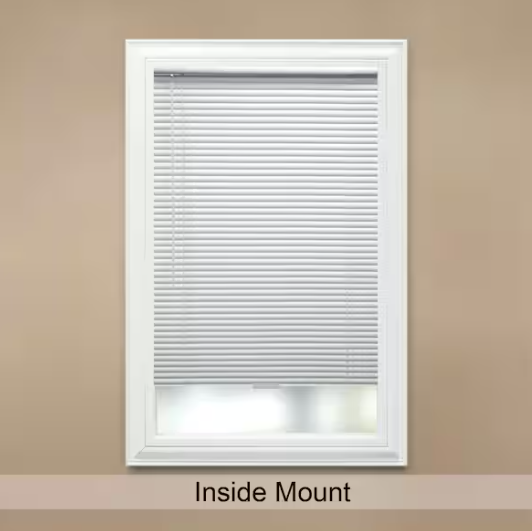
Blackout Venetian Blinds with Light Blockers
With adjustable slats with can tilt to let in light, a major advantage of the side channels is that they also discourage any light sneaking in from the sides when the slats are tilted closed. Great for people who like blinds more, yet still wish to achieve near complete darkness.
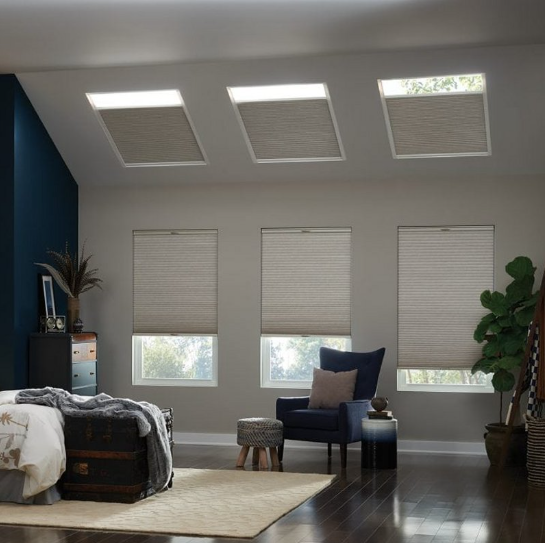
Blackout Skylight Shades with Side Channels
For skylights, side rail tracks are needed to keep the fabric taught and ensure that light from entering at strange angles. Without it, complete darkness would be nearly impossible due to gravity and the gaps.
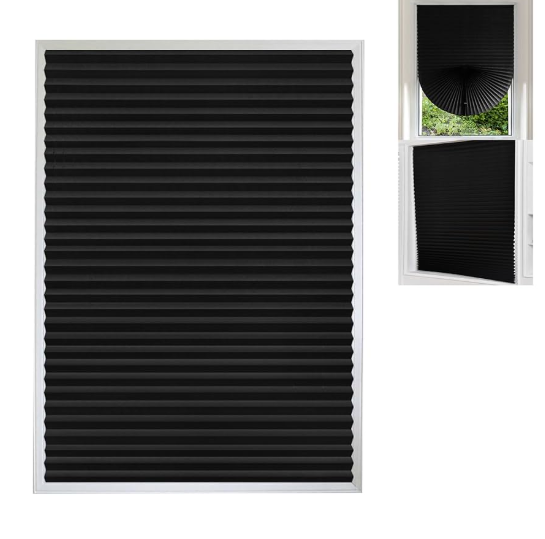
Blackout Paper Shades with Light Blockers
This hold true for the even temporary paper shades that can even help prolong the life of your shade, perfect for short-term rentals or renovations. For the sake of expediency, consider studding before final window treatment may also stunt painting as they offer a speedier but more efficient blackout than using only adhesive tape and a shade.
The honeycomb structure naturally provides insulation, and the side channels fill in the gaps to eliminate light leak and prevent heat from sneaking out or seeping in. And we put these in cold climates to keep heat in or hot climates to keep heat out customers can see it reflected on their energy bills.
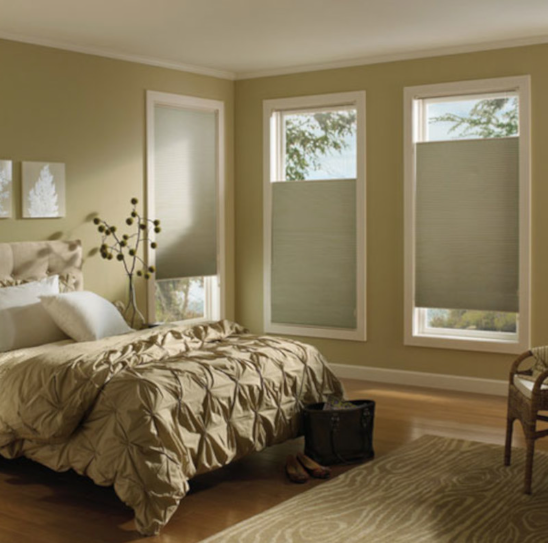
Top Down Bottom Up Cellular Shades with Side Channels
Opens from the top, bottom, or dual opening configurations. The light blocking strips keep the blackout effect where it needs to be, even as you're moving the shade around. Good option to avoid being overlooked at street level but still have the daylight up high.
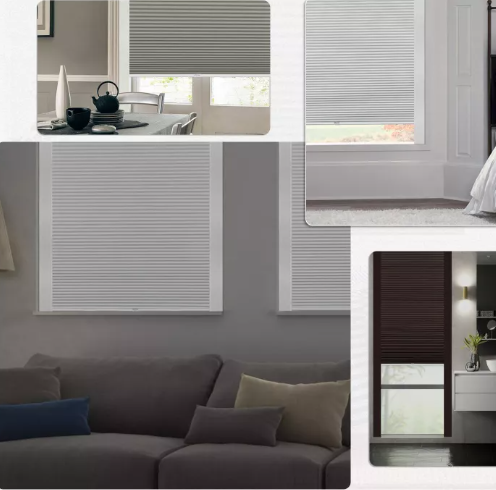
Bottom Up Cellular Shades with Light Blockers
That lift-from-the-bottom design does a much better job of keeping out that early morning light when paired with side rail tracks. This is something we often suggest for nurseries and for people who sleep during the day due to working at night.
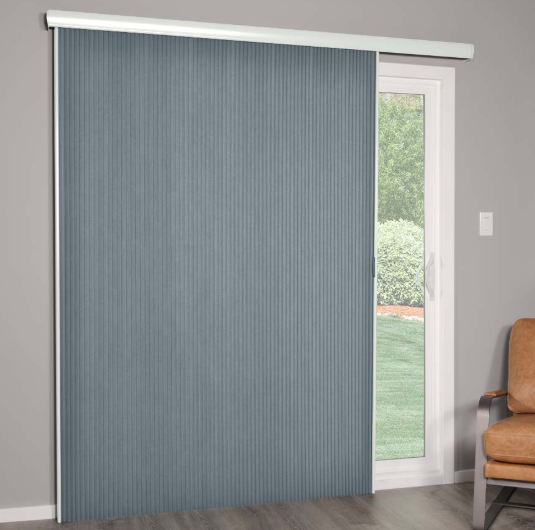
Vertical Cellular Shades for Sliding Doors with Side Channels
Blackout shades for large sliding doors are always a challenge. The light blocking strips featured on most vertical cellular shades not only block out daylight, but provide an edge that stops fabric from blowing around when a patio door is opened and closed and prevents any light leaking in through the sides of the blinds.
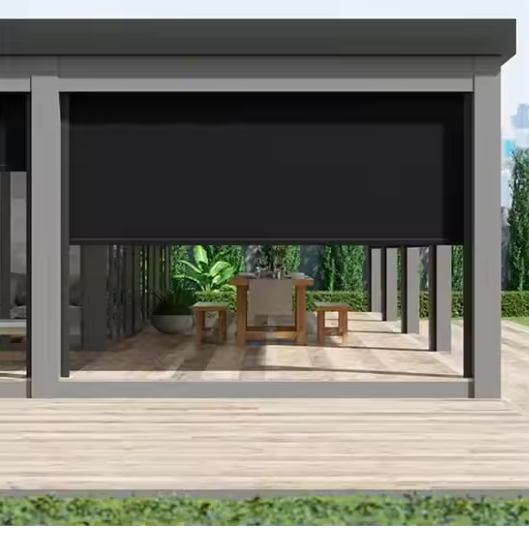
Blackout Outdoor Roller Shades with Side Channels
Side rail tracks keep outdoor roller shades from flapping in the wind and they block light and glare on patios or balconies. This is a popular layout for spaces that face west and get in afternoons the most intense sunlight.
Why Use Side Tracks for Blackout Window Shades
Using side tracks with blackout shades keeps the room as dark as possible. They cover the sides of the shade so no light can pass through the gaps — even the best blackout fabrics can let a little light through without them. Besides blocking light, side tracks help save energy by stopping drafts and reducing heat flow in both summer and winter. This lowers the work for your heating and cooling system and can cut energy bills. They also add privacy by keeping indoor light from showing outside at night. In addition, side tracks make the shade look neat and built-in when lowered.
Key Features to Look for in Side Tracks for Blackout Shades
Remember, not all blackout shades will work well with side tracks, so you need to choose the right type. Go for shades with a smooth, flat fabric surface, because the fabric should not be too thick or have a rough texture where it sits in the tracks. A sturdy bottom bar is also important to keep the fabric tight and stop it from sagging over time. Shade widths can vary, so the size must be exact — if it’s too narrow, light will leak in from the sides; if it’s too wide, the shade may not move smoothly. As long as the track channel is the right size to fit and support the fabric, the shade should work well with the side track, giving you a smooth run and a fully light-tight result.
Available Shapes for Side Rail Tracks
Side tracks come in a few common shapes to match different window types, fabrics, and mounting styles. The most common are L-shaped, U-shaped, and sometimes custom curved or flanged tracks. The shape affects how well the fabric seals to the frame, how the track is mounted (on the surface or inside the recess), and whether the system uses a fixed insert or a sliding bead. Below is a simple overview of the most common shapes and when to use them.
L-Shaped Side Rail Tracks — Slim Seal for Recesses

Description: An L-profile (angle) fixed to the inside edge of the window recess or frame, so the shade fabric rests against a small lip.
Advantages: L-shaped tracks are slim and discreet, perfect for narrow recesses or when you want the shade close to the glass. They block light well for most roller, pleated, and cassette shades without sticking out much.
Installation Notes: Ideal for retrofit projects where little cutting or adjustment is needed. For deeper recesses, adding a foam strip or filler can improve the seal.
U-Shaped Side Rail Tracks — Stronger Seal & Fabric Guide
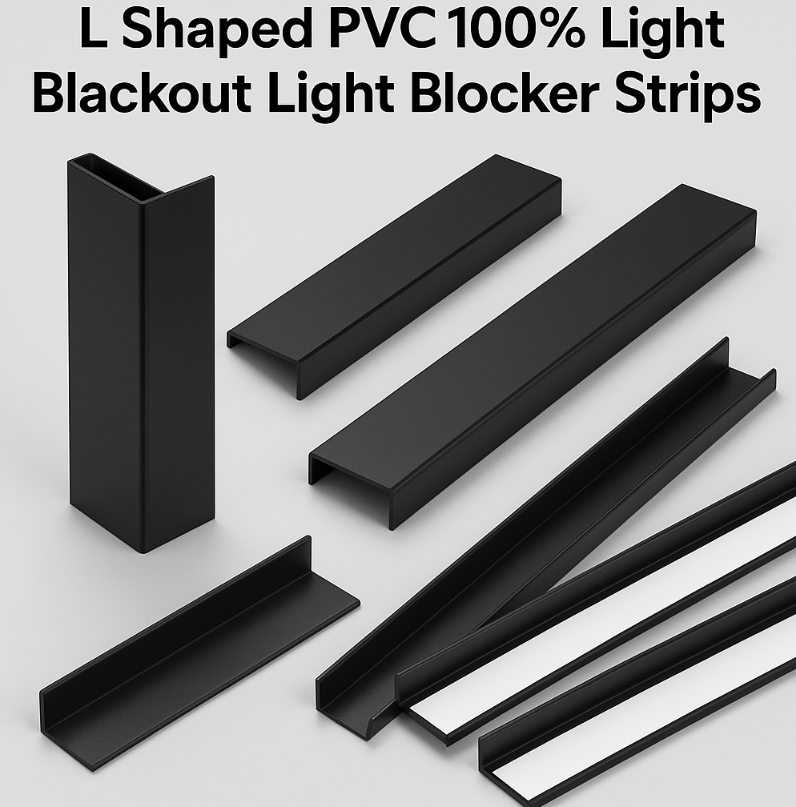
Description: A U-profile channel that fully covers the fabric edge or holds a slim plastic bead, creating a deeper pocket for the shade to slide inside.
Advantages: U-shaped tracks give better light blocking on the sides and keep the fabric more stable, as it runs inside the channel instead of just touching a lip. This makes them great for sliding doors, top-mounted shades, or outdoor roller shades in windy areas where an L-shaped track might let the fabric slip out.
Installation Notes: U-shaped tracks need a bit more depth or space, but they give stronger stability and reduce light leakage on the sides.
Window Shade with Side Tracks Measuring Guide
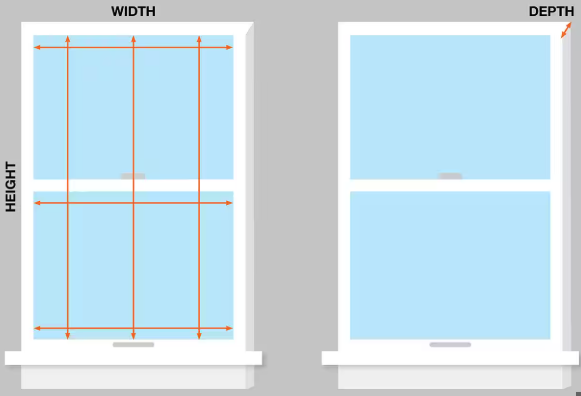
Measurement is paramount, as side channels will change the final parts fitting dimensions. We suggest you take measurements in millimeters(mm) and record three readings.
Decide inside vs outside mount. (If you requested for inside mounted — go on to inside-mount steps.)
Width — inside reveal: Measure the reveal width at top, middle and bottom. Record the smallest measurement. This becomes your starting width.
Inside Recess Height: Measure from the top inside of the recess (where the headrail/toprail will sit) to the sill or where you want it to end at left, middle, right. Use the smallest height.
Depth of recess: Measure the face to glass depth as actual measurement recess area and ensure with headrail + side channels will fit or on the minimum. Ensure minimum depth — most systems will require some void (usually > 35–50 mm) depending on headrail and profile of channel.
Allowances / clearance: We typically deduct 3-6mm up to the smallest dimension for inside mounts so side channels and headrail clear freely without binding. Please verify actual clearances with us.
Record obstructions: Identify handles, hinges, sill steps or off-set reveals that might interfere with track positioning. Take photo of the opening and post for custom work.
Window Shade with Side tracks Installation Guides
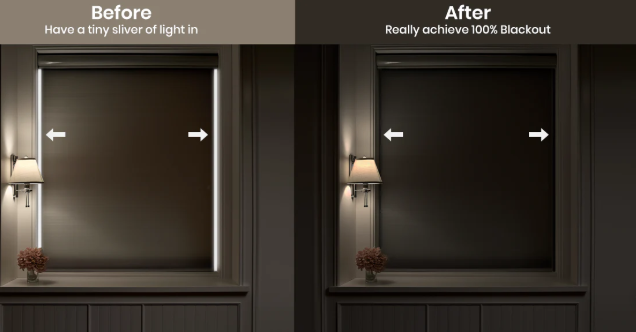
The side channels for inside mounted shades are installed in two typical kinds depended on substrate, and permanence required (adhesive mounting/non-drill, or screw-fixed mounting) permanent-heavy duty. Here are hacks and a step-by-step guide for easiest part out of the two.
Adhesive Mounting — Quick, No-Drill Option
When to use: For rental properties / lightweight shades, smooth clean surfaces (fresh paint / metal / UPVC window frames.)
Steps & tips:
Surface prep: Clean mounting surface with isopropyl alcohol free of dust, oil and loose paint.
Test fit: Place tracks where you think they should go, test the alignment and ensure that they will clear when the shade is installed. Mark lightly with pencil.
Choose adhesive: A high-bond double-sided mounting tape (think automotive grade VHB) or manufacturer recommended adhesive. Do not use household tape.
Apply and press: Stick adhesive strips to rear, position well and press hard for full engagement. Tape in place or use clamps or weights (follow cure time)
Curing: Follow the adhesive manufacturers instructions for time before full shade is loaded (usually 24-72 hours).
Limitations: Not recommended for heavier shades. We recommend screw fixing for heavy fabric or high-traffic doors. The same goes for rough, dusty, or very cold surfaces where adhesives should be avoided as well.
Screw-Fixed Mounting — Permanent, Heavy-Duty Installation
When to use: Heavy shades, large spans, outdoor tracks, or whenever you need the highest reliability
Steps & tips:
Mark and level: position channel, use spirit level to get it perfect the mark pilot holes or marking up where you will drill.
Select fixings: Use appropriate fixings for the substrate — wood screws for timber frames, drywall anchors for plasterboard, and masonry plugs + screws for concrete/brick.
Pilot holes & anchors: Drill pilot holes in marked locations, add anchors if necessary.
Screw in place: Install with countersunk or pan head screws to provide a flush install of the channel. Do not overtighten (it will cause deformation of the profile).
Seal & finish: For weatherproofness or a cleaner look you may run some silicone sealant between channel and frame along the outer edge for a weatherproof, cleaner and sealed finish. (optional)
Final check: Shade is fit, travel full in each direction, no binding with the fabric rolling into both sides of the channel. If needed, cut off any cagon screwheads and touch up the paint.
Safety note: Make sure to check for hidden wiring or reinforcement before drilling; a good stud finder can usually locate solid backing, but if you are unsure contact a trade professional.
Blackout Shades with Side Tracks: Opening & Closing Mechanisms
Blackout window shades can have side tracks that run along the edges to form a perfect seal, but not allowing for any light gaps. Because of the side channel design these shades are not able to use normal pull cords — the fabric needs to move freely within the tracks. Instead they use two primary operation modes: manual push-up/pull-down and motorized control.
Manual Push-Up and Pull-Down System
A spring-loaded (also known as tension) system is used here, meaning you only need to gently push the bar with your hand to make the panel go up or pull it in order for it to go down. The movement is seamless, the side tracks holding the material smoothly across. This model is kid- and pet-safe—it has no cords—and provides exact shade positioning without requiring electricity.
Motorized Operation
Most motorized blackout roller shades with side tracks use a built-in tubular motor that enables the shade to be raised and lowered via remote control, wall switch or smart home integration. It works well for large windows and even out-of-reach window, with smooth functioning, and setting favorite positions is obviously a great option to have. Optional rechargeable battery models are available and also wired so you never have to change the batteries. Another advantage of motorization is that it ensures a totally regular motion inside the side guides.

Choosing the Right Side Rail Tracks Colors
The colors of the side track affects how well your blackout shade blends with your window frame and room style. Most side tracks come in neutral colors like white or black, and sometimes in anodized aluminum. You can also get custom powder-coated colors. For a smooth, built-in look, choose a color that matches your window frame. If you want a more modern contrast, go for darker or metallic colors. Light colors can help reduce heat in sunny areas, while dark tones give a sleek, simple style.

 English
English



































